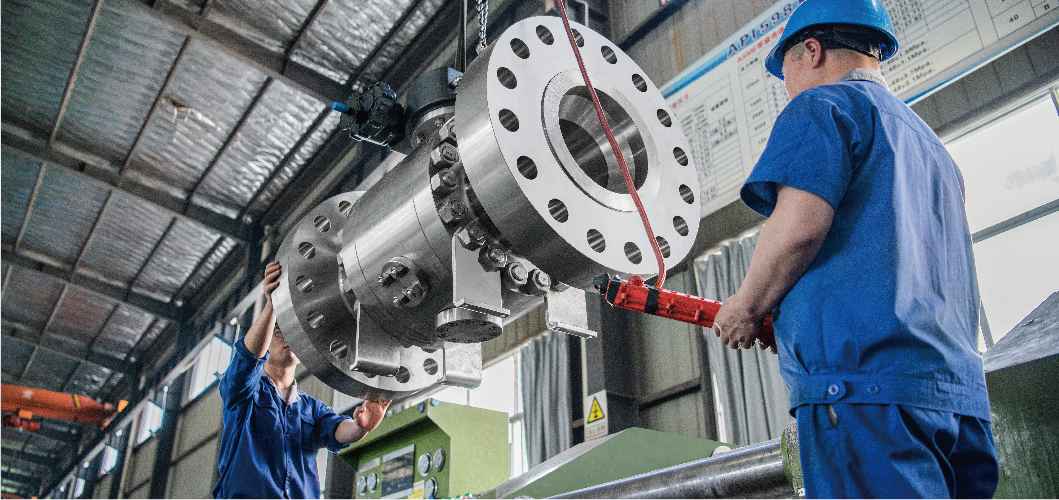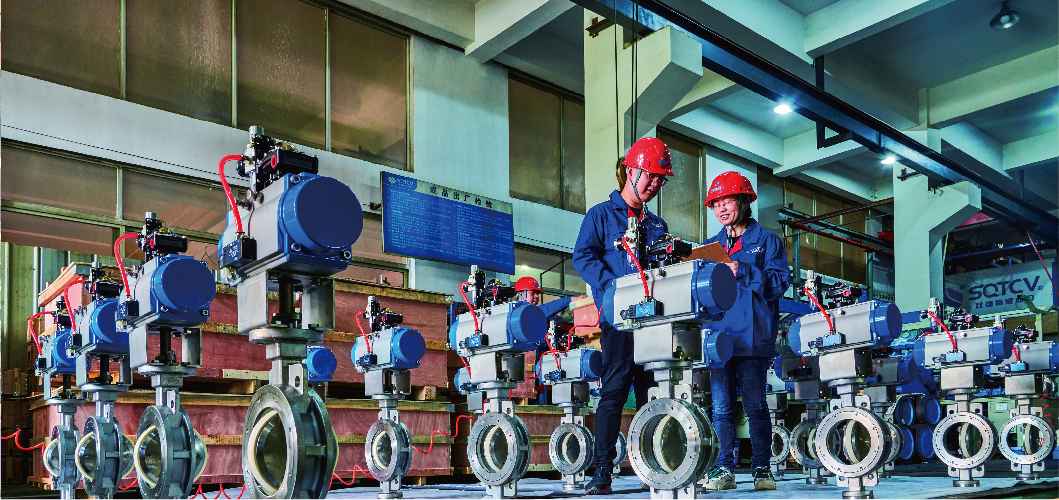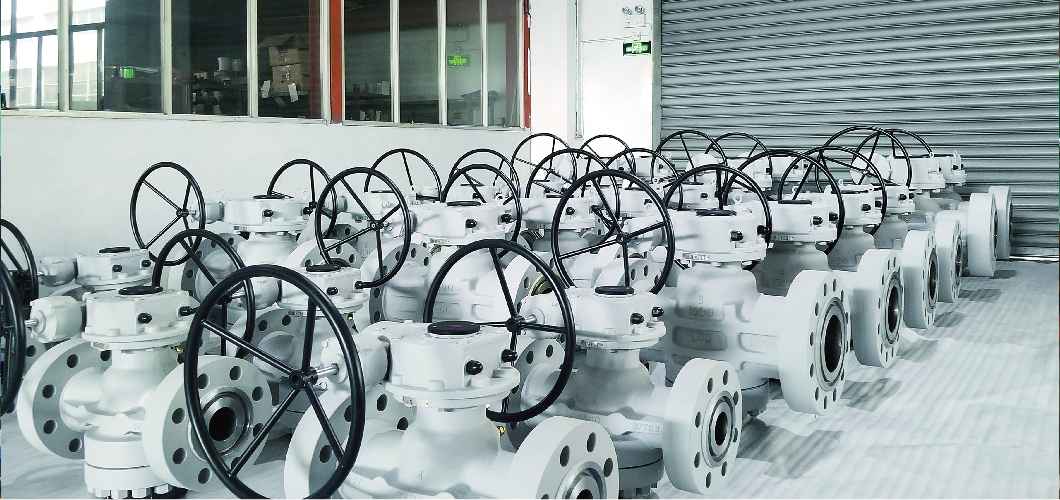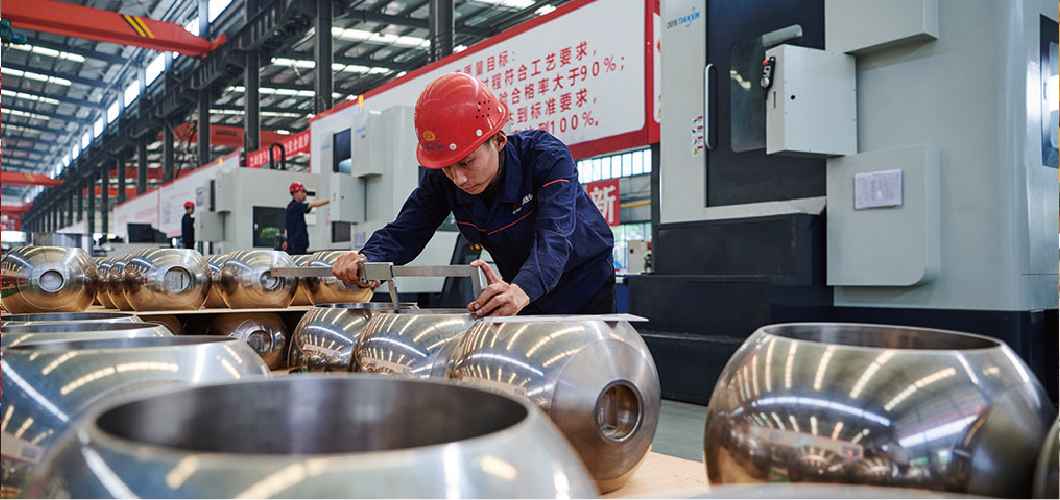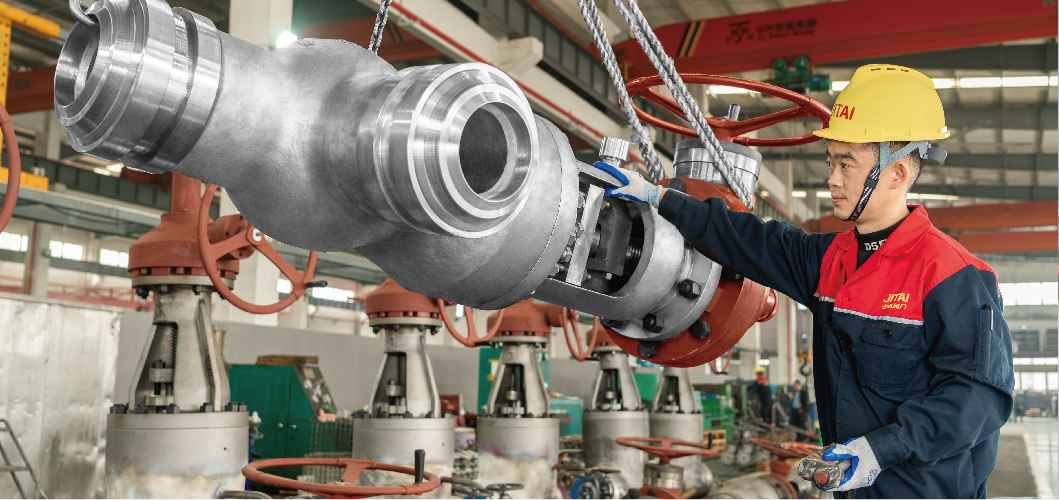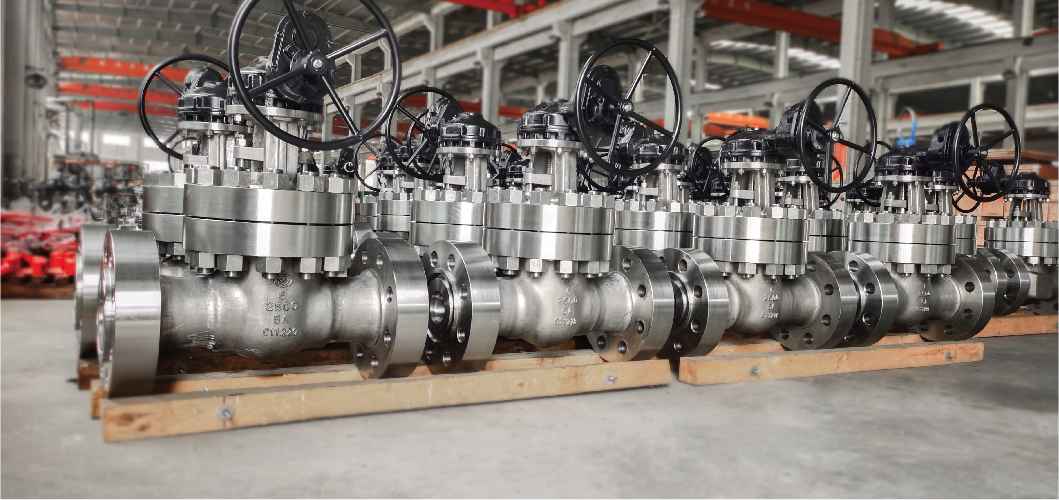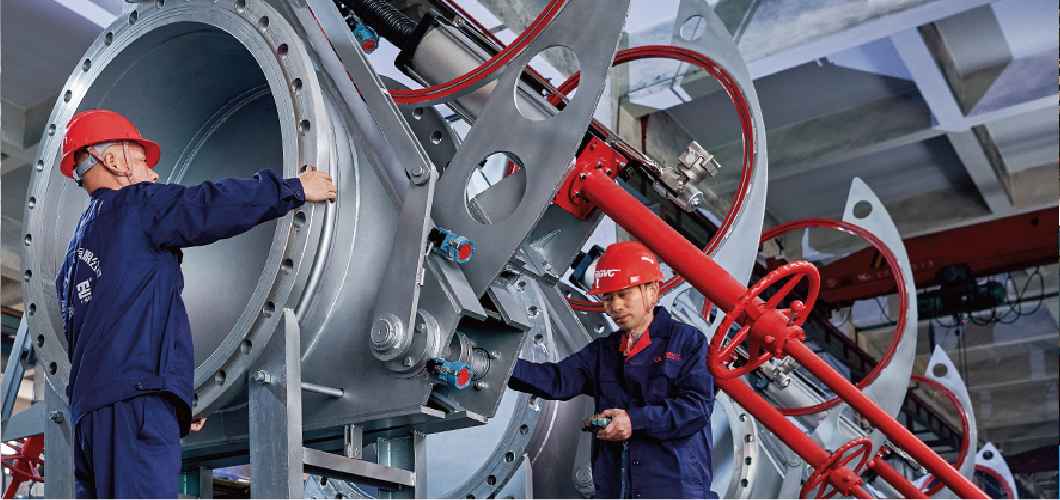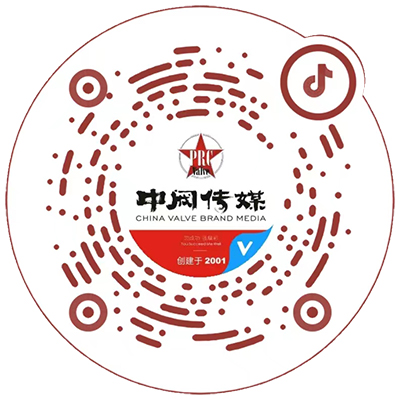Seed Technology Drives Cotton Mechanization in China’s Xinjiang
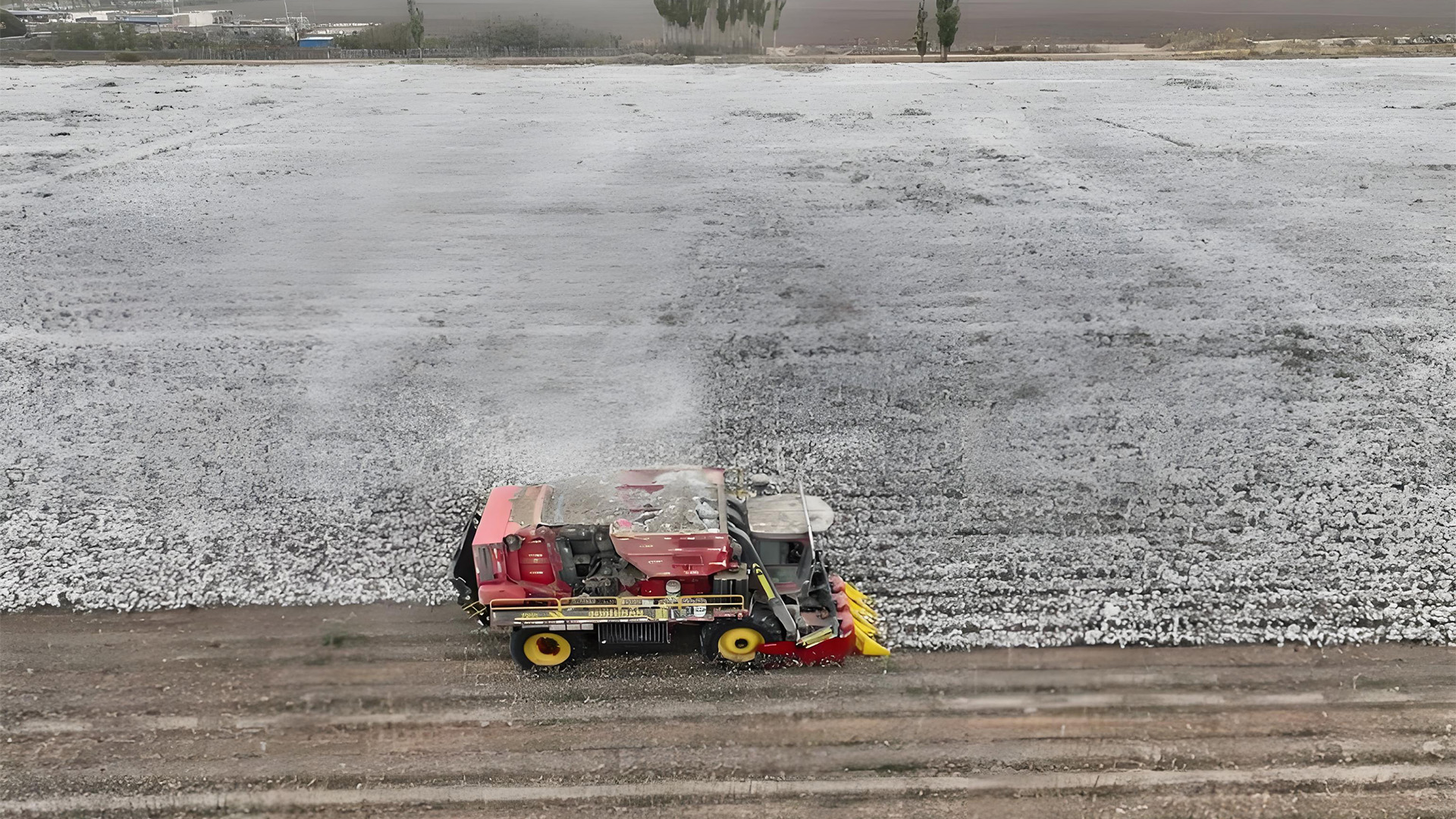
Wedoany.com Report-Jul. 11, In Xinjiang Uygur Autonomous Region, the heart of China’s cotton production, mechanization has transformed the industry, starting with seed development. In 2024, Xinjiang produced 5.69 million tonnes of cotton, representing 92.2% of China’s total output and setting a record high. The region has achieved a mechanization rate exceeding 97%, driven by advanced technologies like AI-assisted breeding, biotechnology, and gene editing to develop high-quality cotton seeds optimized for mechanical harvesting.
Luo Cheng, head of a seed company’s R&D center in Xinjiang, reported: “In 2024, we sold over 2,200 tonnes of cotton seeds domestically, all for mechanical harvesting, covering 1.22 million mu (about 81,333 hectares).” He added: “Our seeds are also very popular abroad. Last year, our overseas sales reached 930 tonnes.” The company has introduced six cotton varieties tailored for mechanized harvesting.
Tahir Peyzulla, a cotton farmer in Luntai County, shared the impact of these innovations, stating: “Older varieties had loose plant structures and uneven maturity, making mechanical harvesting inefficient. But since we started using the new variety in 2016, the efficiency of mechanical harvesting has improved significantly.” He anticipates a robust harvest of approximately 500 kg per mu in 2025.
Jiang Hui, general manager of a cotton research institute, explained the challenges of traditional varieties, noting: “After more than a decade of research, we’ve achieved a technological breakthrough in mechanical harvesting varieties. We’ve developed new varieties with compact plant structures, concentrated boll opening, and easy detachment of boll stalks, using molecular breeding and gene editing.” These advancements have boosted the one-time harvest rate to over 90%.
Liu Tao, deputy director of the agricultural mechanization management office in Xinjiang, emphasized the importance of seed selection, stating: “From the very start—selection of seeds suitable for mechanized farming, we are laying the foundation for full mechanization of cotton production.”
Significant progress has also been made in mechanizing long-staple cotton, prized for its superior fiber quality. Tian Liwen, a researcher at the Xinjiang Academy of Agricultural Sciences, highlighted the development of the “Xin 78” variety, which achieved full mechanized harvesting in 2021 with a yield of 511.5 kg per mu. He noted: “The new variety has extended node-height to 17 cm,” addressing issues like small bolls and poor defoliant response, enhancing efficiency.
In Awat County, Aksu Prefecture, farmer Tursuniyaz Turek reflected on the changes, saying: “These days it’s more about taking a look than actual work. With the new cultivars, machines take care of almost everything from plant management to harvesting.” His experience underscores how mechanization has streamlined cotton farming in Xinjiang, boosting productivity and reducing labor.



